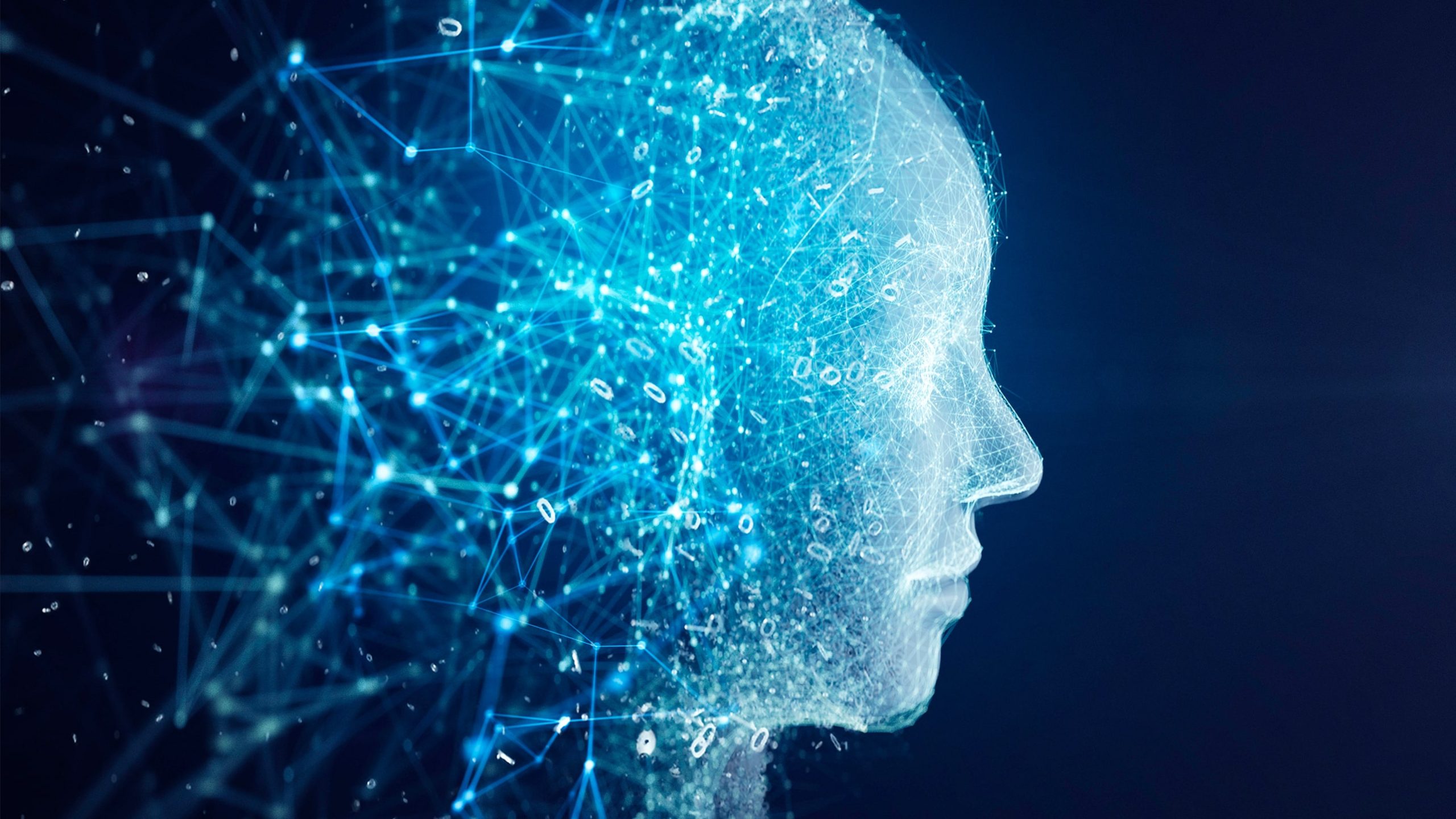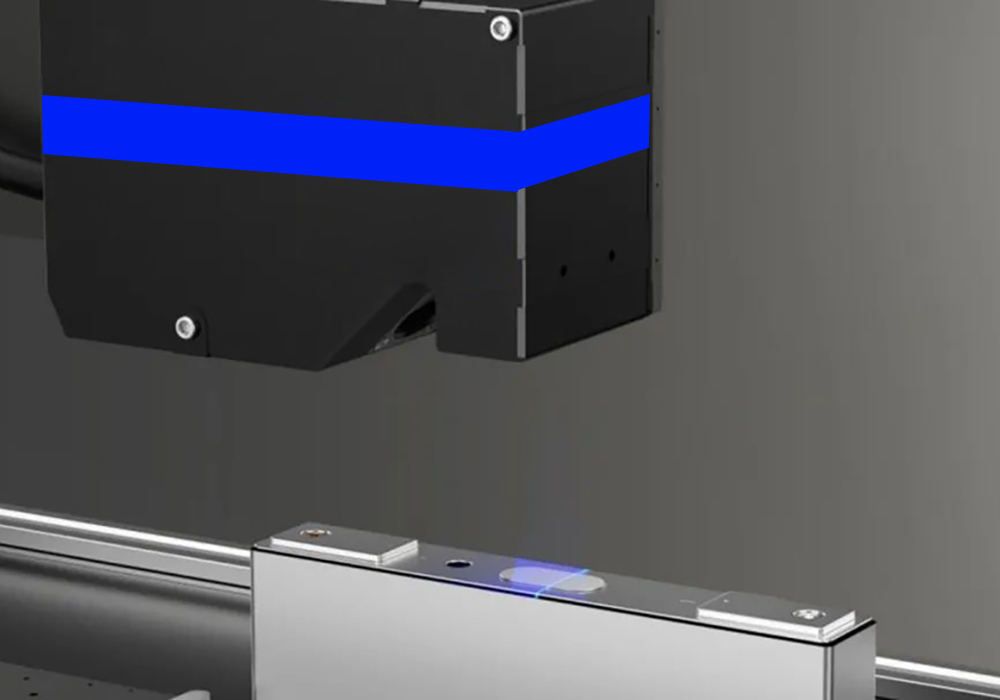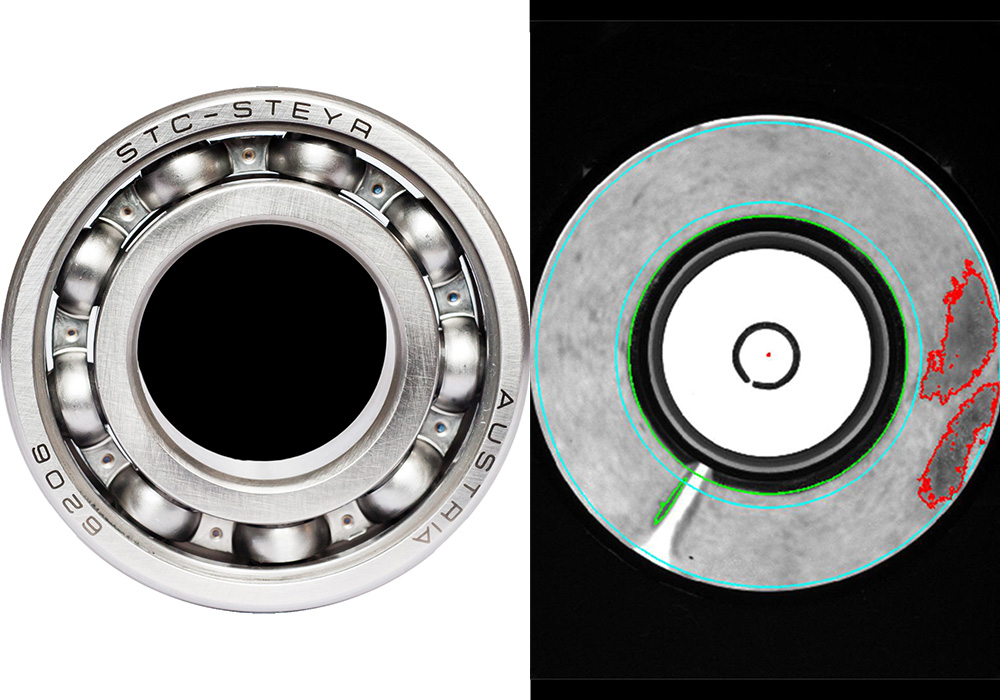Deep Learning Concepts
Deep learning is a type of machine learning, and machine learning is a necessary path to realize artificial intelligence. The concept of deep learning originated in the study of artificial neural networks, and a multilayer perceptron containing multiple hidden layers is a deep learning structure. Deep learning discovers distributed feature representations of data by combining low-level features to form more abstract high-level representations of attribute classes or features. The motivation for studying deep learning is to build neural networks that mimic the human brain for analytical learning, which mimics the the human brain’s mechanisms for interpreting data, such as images, sounds, and text.
Use of Deep Learning in Defect Category Projects
In defect detection type projects, the difficulty of defect detection type projects is increased due to the uncertainty of defect types, shapes, sizes and other factors. By using deep learning, defects of different types, shapes and sizes of defects are marked in advance, and the defect class library is generated, and in the actual operation process, the defects in the picture and the class library can be compared quickly to obtain results. By continuously enriching the defect class library, we can slowly reduce the rate of misjudgment and omission and stabilize the system.
Deep Learning (AI)
The use of AI technology enables machine vision to have the ability to surpass existing solutions and be competent in more challenging applications.
The application of AI in machine vision relies on machine learning techniques, or more accurately, deep learning capabilities. At its broadest level, AI can be defined as the ability of a computer to mimic human intelligence. Machine learning enables computers to operate without being explicitly programmed to do so. Deep learning, a subfield of machine learning, enables computers to continuously learn from experience.
In the field of machine vision, it is possible to learn like a small child by using software that integrates with standard image processing libraries. For example, “You wouldn’t explain to a child what a house is in a rule-based way, and through very few examples, even at a young age, our brains are able to recognize what a house is. In this respect, deep learning systems operate similarly to human brains.
Deep Learning Benefits
AI can reduce the time required to develop machine vision programs compared to traditional machine vision solutions.
Application Areas
Defect detection type projects, programmed with traditional algorithms, where the computer has difficulty defining defects and needs to redo the settings every time a new defect appears, with AI that has a large number of samples, it can end up with a very clear perception of which parts are good and which are not.
Metal materials, glass surfaces, food impurities, medical and pharmaceuticals, electronics, batteries, magnetic materials… And so on, some of the small scratches, flaws, defects, and even human eye can not be seen under normal circumstances of the traces of traditional vision is difficult to capture a good image, then, you should know about Intsoft Technology’s deep learning AI intelligent inspection system.
Smaller, more subtle, and more complex environments, so defects have nothing to hide!
Intsoft Technology (deep learning AI visual inspection system), through the training of user-sample data to customize and optimize the model to adapt to the user’s actual use of the scene.
When the algorithm model is integrated with the production line or inspection and collection equipment in the production environment, it can realize the quality, safety, integrity and other inspection work by computer vision instead of manual labor in the production process.
Based on the uninterrupted and fatigue-free nature of computer vision, it can provide higher inspection efficiency and accuracy than manual labor, and work with manufacturers and production equipment suppliers to reduce industrial production costs and increase production capacity.








